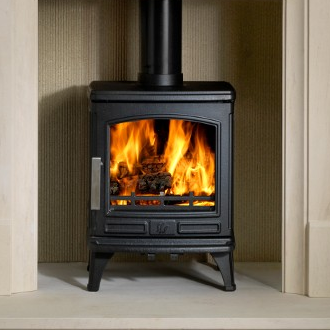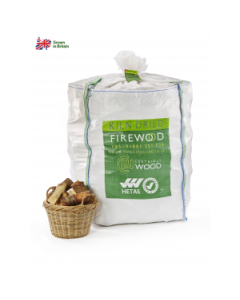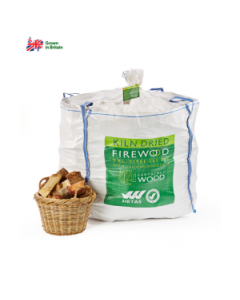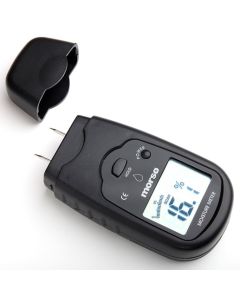We use cookies to make your experience better. To comply with the new e-Privacy directive, we need to ask for your consent to set the cookies. Learn more.
What can be burnt on a Multi-Fuel stove?
Multi-Fuel stoves can burn smokeless coal and / or wood. It is essential that you choose the correct fuel to burn in your appliance. This will ensure that you get the most from your stove and ensure that you do not cause damage to your stove or flue. Here at Woodburner Warehouse we are frequently asked to suggest for suitable fuels that the end user can use on their multi-fuel stove.

Multi-fuel Stoves range
Multi-Fuel stoves can burn smokeless coal and / or wood. It is essential that you choose the correct fuel to burn in your appliance. This will ensure that you get the most from your stove and ensure that you do not cause damage to your stove or flue. We are frequently asked to suggest for suitable fuels that the end user can use on their multi-fuel stove.
COALS
Generally, the suitable smokeless coals that can be used in stoves, room heaters and cookers are:
Phurnacite (Suitable for Stoves, Cookers and Room Heaters) Manufactured from high quality anthracite. Gives excellent heat output for long periods.
Briteheat (Suitable for Cookers and Boilers) Compact briquette with high heat output Multiheat (Suitable for Multi-Fuel Stoves, Open Fires and Closed Appliances) Easy to light, value for money fuel, that provides long lasting controllable heat.
Anthracite (Suitable for Cookers, Heaters and Boilers) Creates a long lasting fire bed. Produces a uniform flame and high temperatures. Should be used with caution in Stoves due to it\'s high heat production.
Taybrite (Suitable for Closed Appliances and Multi-Fuel Stoves) Gives long lasting, controllable heat that slumbers well overnight. Taybrite is not recommended for use on Solid Fuel Cookers.
WOOD / KILN DRIED LOGS AND WELL SEASONED LOGS
We will always recommend Hardwood Kiln Dried Logs
Kiln dried hardwood logs can give 3 times as much heat as the same amount of wet softwood logs. Kiln dried firewood logs burn with a higher heat output and greater efficiency as its moisture content is less than 20%. Burning wet logs means that a proportion of the heat generated is used to drive off the moisture, therefore it reduces the temperature of the fire. This results in incomplete combustion of the wood and the gases and charcoal it produces. Burning wet, unseasoned timber causes problems with stoves and flues and therefore is not recommended. You can check the moisture content of your logs with a Moisture Meter.



